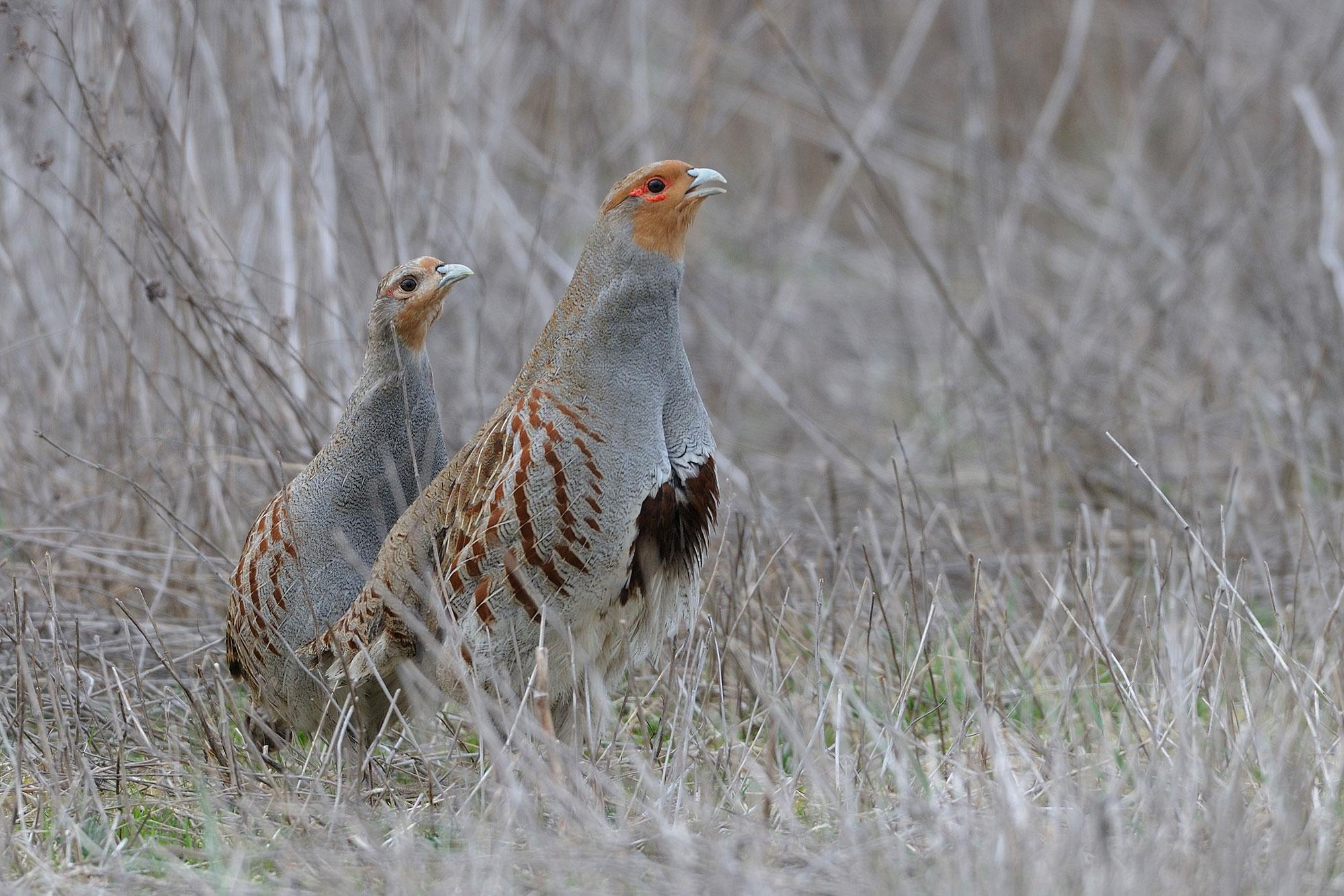Inquisitive partridges win out in the fight for survival

What decides between life and death in unfamiliar surroundings? When partridges were released into the wild, the curious ones fared better.
As part of a reintroduction programme supported by the SNSF, researchers from the Swiss Ornithological Institute (Schweizerische Vogelwarte Sempach) took a closer look at the individual partridges’ personalities. This showed that an inquisitive character helped the birds to survive in the wild.
In total, the team chose almost 400 partridges – a species close to extinction – to be set free in the “Champagne” district of the Canton of Geneva in the extreme southwest corner of Switzerland. Each bird underwent a personality test to find out how it reacted to its environment. This entailed, for example, measuring the time it took for the partridge to leave the safety of its crate to explore new surroundings. “We wanted to find out which character traits best equip birds for survival in the wild after being set free”, says Lukas Jenni, former scientific head of the Ornithological Institute.
Breeding suitable birds
After the partridges were set free, the researchers spent nine months tracking them with radio transmitters to see how they fared – and established that character traits do in fact play an important role. After about 200 days, i.e. by the start of the nesting season, proactive birds that had been keen to explore their new surroundings were eight times more likely to survive than the more passive birds. The high mortality rate overall ultimately meant that the attempt to reintroduce the animals failed, even though the area chosen (largely agricultural, but with areas left fallow to meet the partridges’ affinity for heathland) had been specially adapted.
But Jenni still feels that these types of studies can yield useful findings: “They can help us to select suitable animals for reintroduction.” In fact, earlier studies had shown that character traits depend on factors that can be influenced in the breeding process – both genetically and through external influences such as stress before and after birth. The project is a good example of the way in which even apparent failures can bring about progress in science.